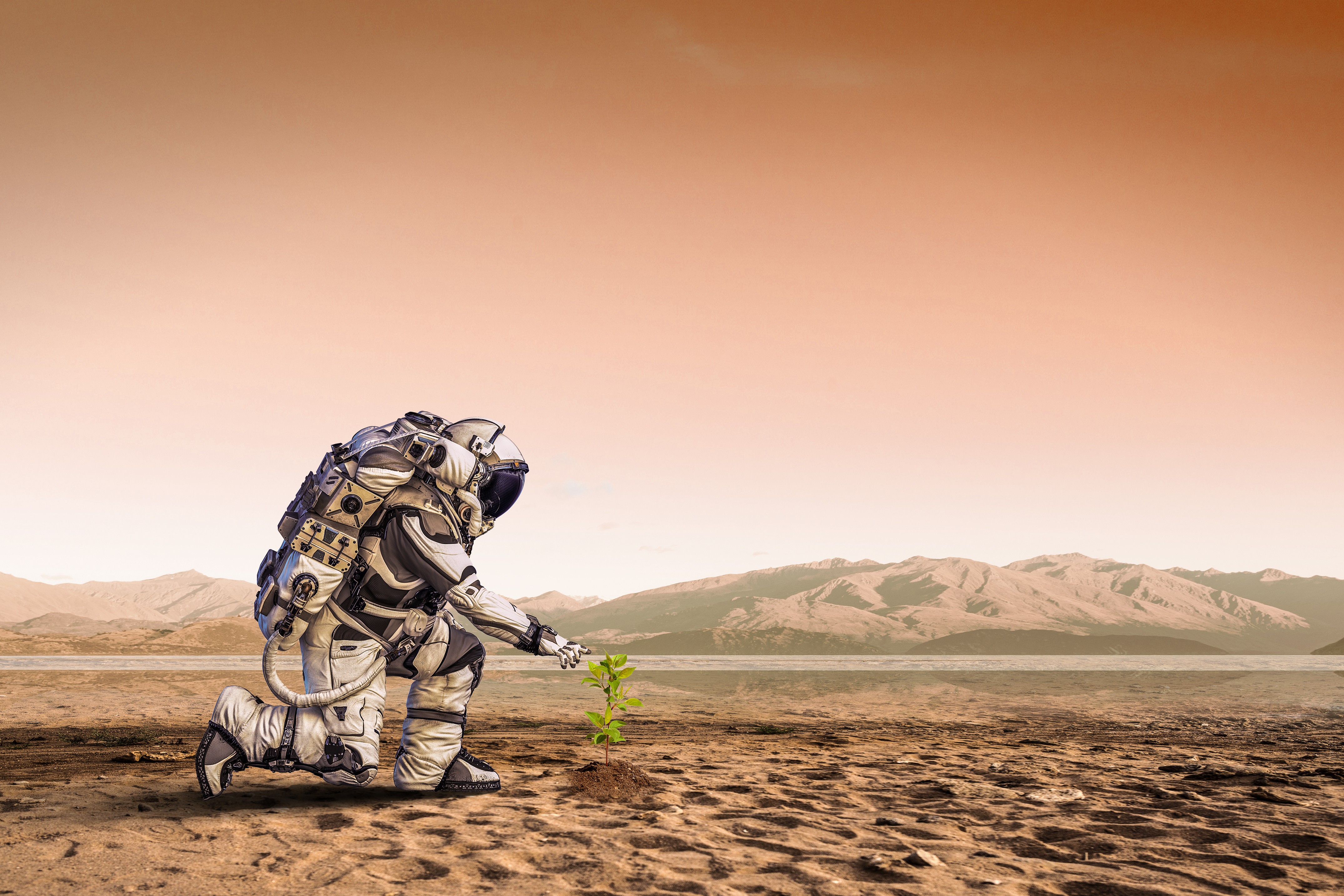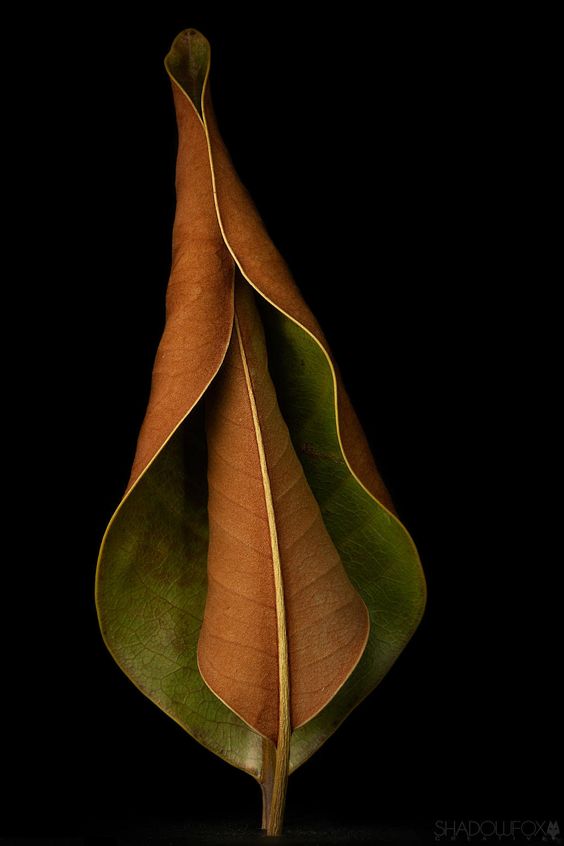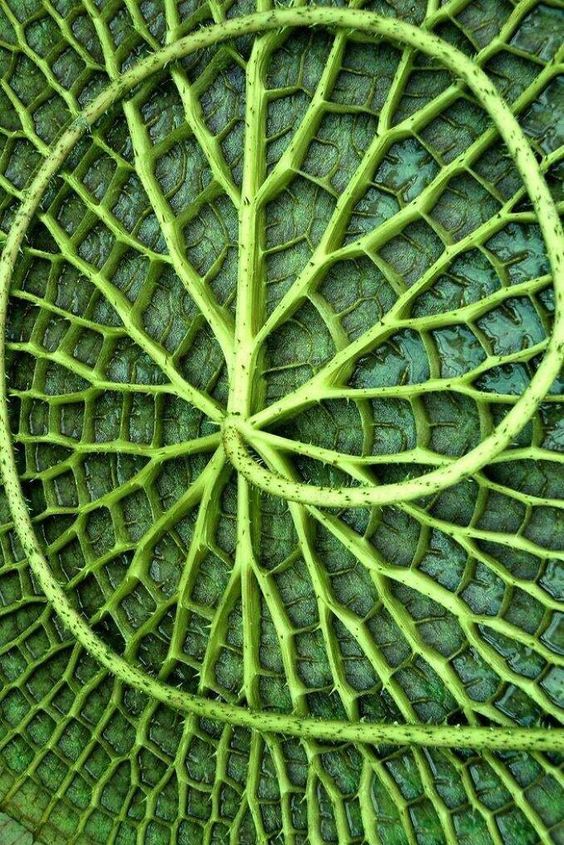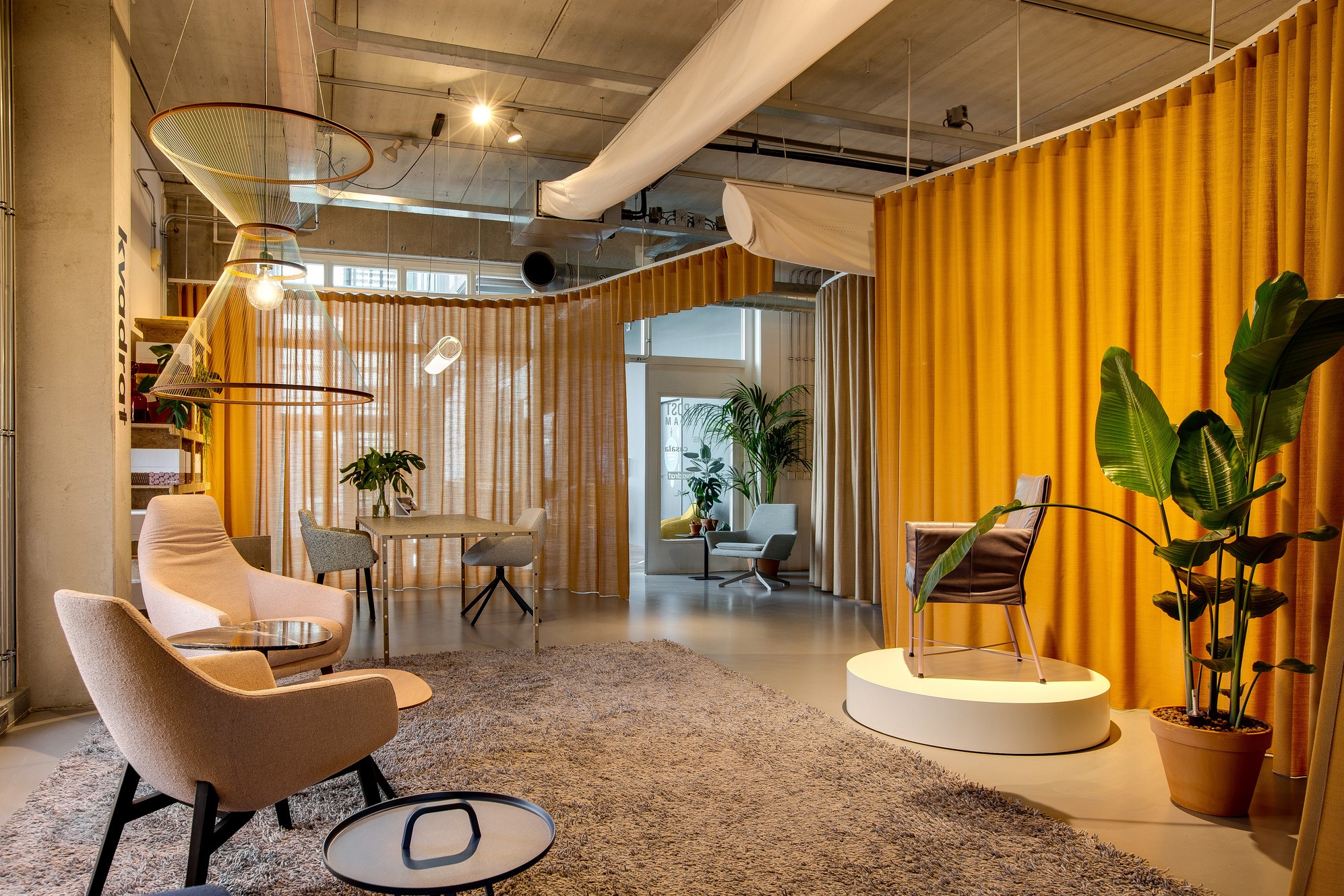Imagine standing in a habitat on Mars, gazing out through a transparent dome at the red landscape stretching beyond, yet feeling inexplicably at home. The walls are alive with plant life; circadian cycle lamps mimic the Earth’s day and night, and the air smells faintly of pine. This fusion of extraterrestrial adventure with the comfort of Earth’s natural beauty is the promise of biophilic design.
Crafting Home Among the Stars
As humanity ventures off Earth, the need for biophilia becomes even more vital. Picture a lunar base where living quarters have windows strategically positioned to capture the Earthrise, connecting astronauts with their home planet. These spaces can feature walls lined with indoor gardens, utilizing hydroponics to grow fresh food while adding lush greenery to sterile environments.
Imagine furniture designed to evoke the textures and forms of a forest, offering tactile and visual comfort in an alien setting. Beds shaped like serene river rocks or dining tables mimicking forest clearings can transform the coldness of space habitats into inviting sanctuaries.
Nurturing the Mind and Body
The psychological strain of space travel is immense. Isolation, confinement, and the stark alien landscapes can challenge even the most adventurous spirits. Enter biophilic design: by bringing elements of Earth’s nature into space habitats, we can mitigate these stresses. Picture an astronaut's cabin softly lit by a circadian lamp, its light shifting from the cool blue of a Martian dawn to the warm amber of sunset, easing the sense of dislocation.
Consider hydroponic gardens aboard spacecraft, not just as food sources but as vital green companions, offering a slice of home and a breath of fresh oxygen. The sight and care of plants, reminiscent of Earth’s lush environments, can anchor the mind amidst the vast void.
Ecosystems in the Cosmos
In space, sustainability is not a choice—it's a necessity. Biophilic principles can help establish closed-loop systems where water, air, and waste are recycled efficiently, echoing Earth’s natural cycles. Envision Martian greenhouses that recycle wastewater to nourish plants, helping to create a self-sustaining habitat.
Imagine structures built using materials sourced from the moon’s surface, uniquely designed to offer both protection and connection to the environment, much like how stone shelters did for ancient civilizations on Earth. These designs promote resilience and resourcefulness, key traits for thriving in new worlds.
The Ethical Voyage
Exploring other planets with biophilia as our guide isn’t just a scientific endeavor—it’s an ethical mission. It’s about respecting and replicating the natural harmony that sustains life on Earth, ensuring that as we expand our horizons, we bring the best of our environmental consciousness with us. It is a reminder that our bond with nature is universal, transcending planetary boundaries.
As we look to the stars, the principles of biophilic design offer a framework for creating human habitats that feel like home, no matter how far we journey. It’s an exciting frontier where technology meets nature, and humanity’s future intertwines with the timeless rhythms of the natural world. Through biophilia, we carry a piece of Earth with us, ensuring that even in the depths of space, we never lose sight of our intrinsic connection to nature.
Read more





